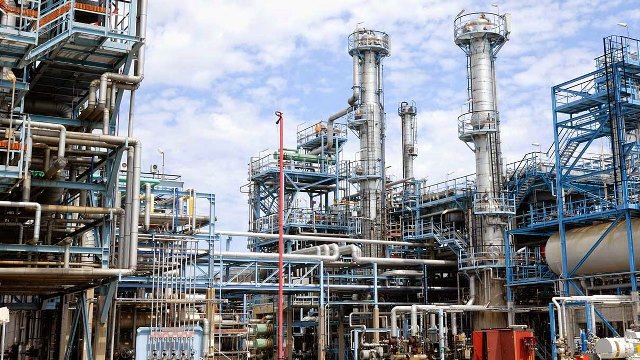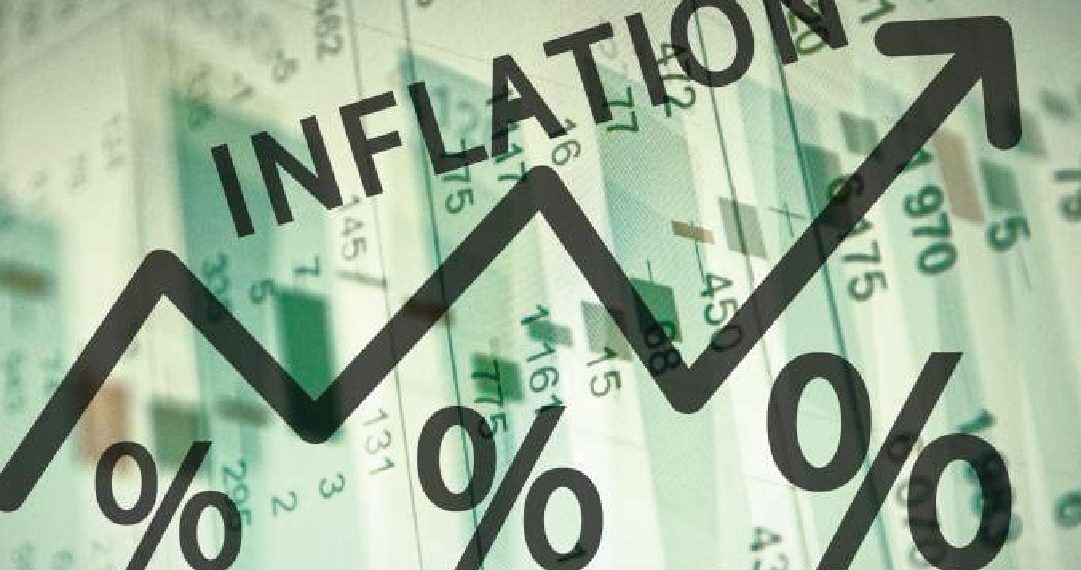According to the African Refiners and Distributors Association, replacing charcoal with clean cooking gas, also known as liquefied petroleum gas (LPG) , will cost Nigeria and other African nations around $7.5 billion for downstream infrastructure and stoves.
In spite of its enormous gas supply, the continent’s per capita consumption remained the lowest, and it was stressed that it was past time for stakeholders to develop financial plans and solutions to deal with the barriers to clean cooking gas usage on the continent.
Anibor Kragha, the Executive Secretary of ARDA, revealed this during a group LPG virtual workshop. He said that while sub-Saharan Africa had 14.4% of the world’s population, it consumed less than 1% of the world’s LPG.
According to Anibor, “many countries have little to no bulk handling facilities.” However, he pointed out that since 2010, LPG usage in Africa has more than doubled, with an average annual growth rate of 9.7% over that time.
In sub-Saharan Africa, he claimed that Nigeria continued to be the region with the highest LPG use rates. Cooking gas is essential to Africa’s energy security, according to David Appleton, vice president of Argus’ LPG business for Europe, the Middle East, and Africa.
He stated that infrastructure development remained a major concern and added that safety, price, culture, and finance were crucial for the sector’s expansion in Africa.
Investors in the industry, according to Appleton, would undoubtedly anticipate returns on their investments. He said that there must be a mechanism to reduce investment risk as much as feasible.
According to him, Africa must consider long-term investments and that regulatory improvement and consistency are essential.
In order for Africa to attract investments, better governance and institutions are required, according to Moussa Dabo, Senior Associate, Investments, African Finance Corporation, who revealed at the event that the company has invested $10.5 billion across 36 nations in Africa.
Dabo remarked that lenders felt more at ease making loans to businesses who were eager to adopt best-in-class operating procedures.
He believed that cash flow consistency and viability might greatly lower borrowing costs while encouraging more investment in LPG.
“Securing favorable, diversified, long-term supply contracts with established global traders is necessary, and players in the sector should recalibrate their capital structure before seeking financing,” Debo said, adding that adding equity to the company could reduce financing costs.
Additionally, Wagl Energy Limited’s stakeholders noted in a presentation that if Africa was committed to resolving issues with gas production that prioritized the local market, shipping, storage, as well as distribution to other end-users, the potential for LPG consumption in Africa could improve.
One of the infrastructure problems preventing LPG expansion in the region, according to the company, is the insufficient number of LPG vessels owned and operated by sub-Saharan African businesses.
It criticized the lack of LPG storage facilities in the area and emphasized that many sub-Saharan African ports and jetties, especially in countries like Nigeria, also have draft restrictions, with their drafts typically falling between 8 and 8.5 meters.
The gas company also pointed out that, of the three issues, the storage bottleneck presented the most opportunity because there were so few LPG storage facilities in the sub-Saharan region.













